Space shuttle Atlantis lands in California at Edwards Air Force Base
By B. Bloomekatz, L.A.Times, May 24, 2009
 Daylife News: NASA
Daylife News: NASA- This photo provided by NASA shows NASA space shuttle Atlantis flow manager Angie Brewer, assistant launch director Doug Lyons and shuttle launch
director Michael Leinbach, from right, watching in the firing room at NASA's Kennedy Space Center in Cape Canaveral, Fla. , on NASA TV as the space shuttle
Atlantis lands safely at Edwards Air Force Base, Calif. , Friday, June 22, 2007.
The space shuttle Atlantis touched down safely at Edwards Air Force base in the Mojave Desert this morning after producing a sonic boom as it passed over
the California coastline. Atlantis circled Earth 197 times and traveled 5.3 million miles before ending a 13-day mission to refurbish the Hubble Space Telescope.
 Photos: Atlantis lands / 2 / 3 / 4
Photos: Atlantis lands / 2 / 3 / 4Atlantis landed at 8:39 a.m. Its return had been diverted to Southern California after nasty weather prevented a landing at NASA's Kennedy Space Center
in Florida. Alan Brown, a NASA spokesman at the Dryden Flight Research Center at Edwards, said the crew accomplished major repairs of the telescope and
extended its lifetime through at least 2014. The crew replaced one wide-field camera, swapped several batteries, installed a cosmic origins spectrograph
and placed stainless-steel "blankets" over the telescope, among other upgrades and repairs, Brown said.

Florida Today: Atlantis News Coverage
The total mission cost about $1 billion, according to NASA officials. It will cost an additional $1.8 million to ferry the shuttle to Florida on the back of a modified
Boeing 747. In a move to coincide with the landing of Atlantis, President Obama is expected to name former astronaut Charles F. Bolden Jr. as NASA administrator.
Bolden, who flew on the 1990 mission that deployed the Hubble telescope, would be the first African American to head the agency if confirmed by the Senate.

The N.Y.Times: › Space Shuttle Lands in California
As Odysseus learned, getting home can be the hardest part of any journey. Seven astronauts aboard the space shuttle Atlantis finally made it home on Sunday
after a voyage of more than five million miles and a two-day wait to return to Earth.
› STS-125 Landing Photos › Video / 2 - › Space Shuttle Mission: STS-125 - Space Companies News: www.unitedspacealliance.com
On the Net:
Edwards Air Force Base: http://www.edwards.af.mil / 2
STS-125 Mission Coverage: http://sts-125.space.gs
NASA Dryden Flight Research Center: http://www.nasa.gov/centers/dryden.







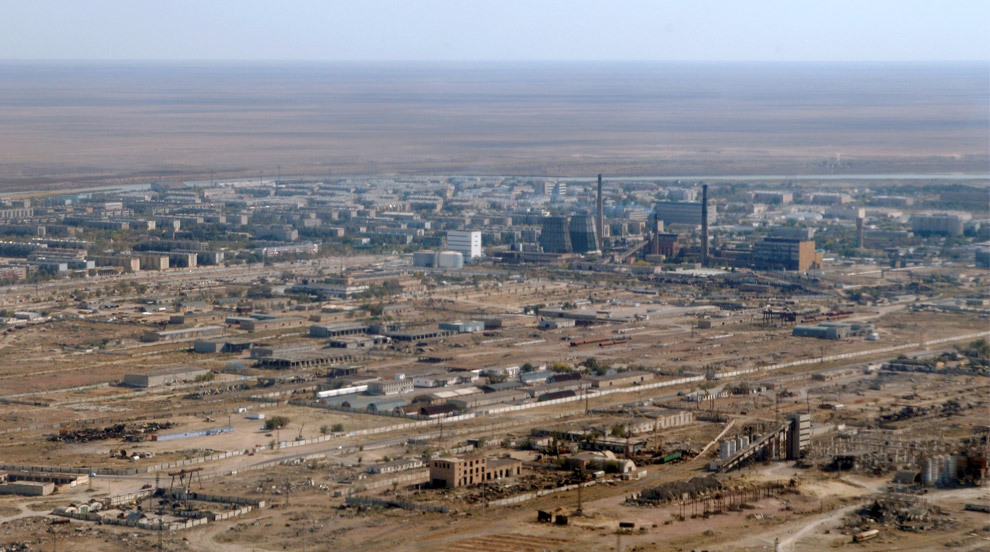
 (
( •
• 
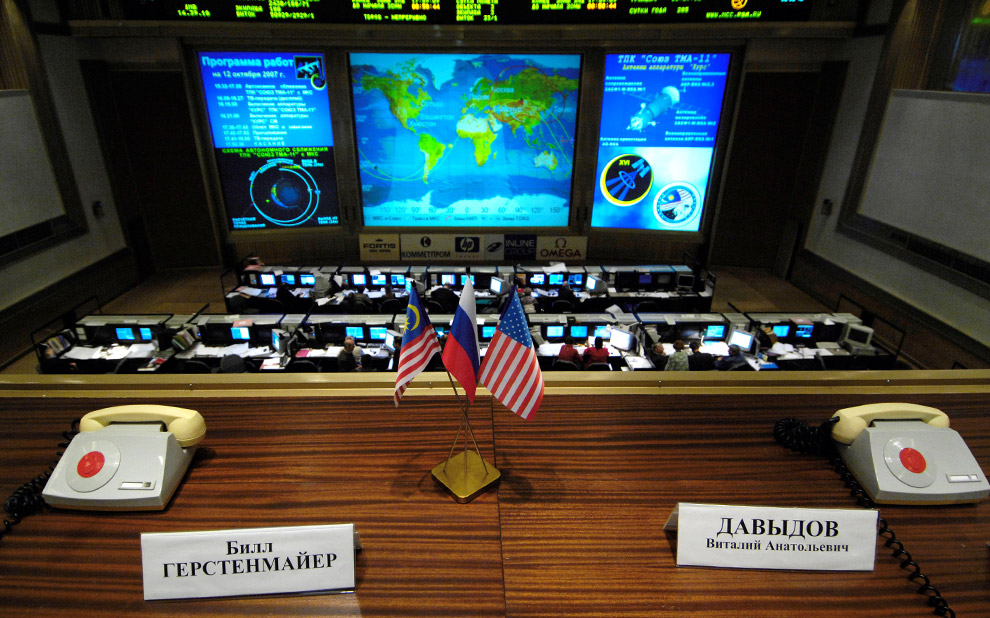
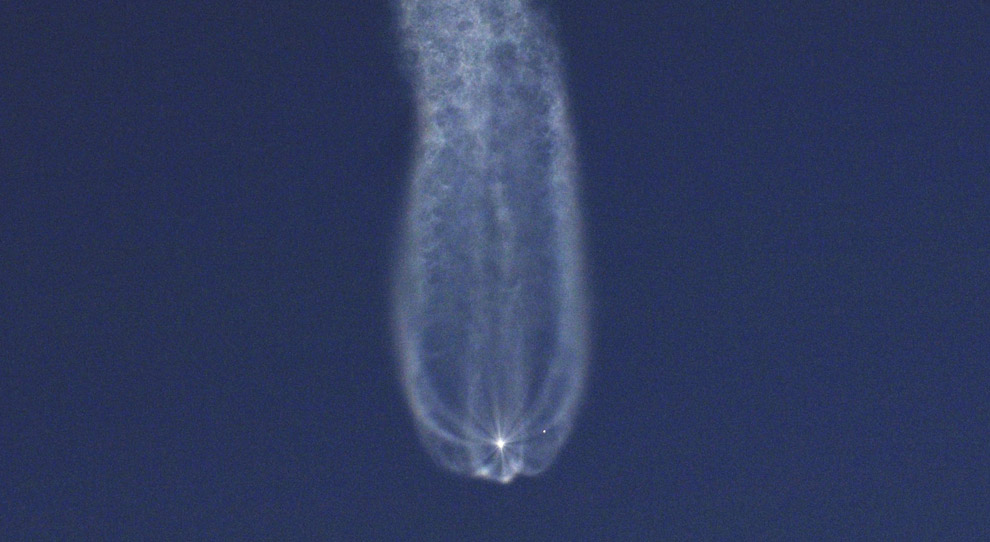
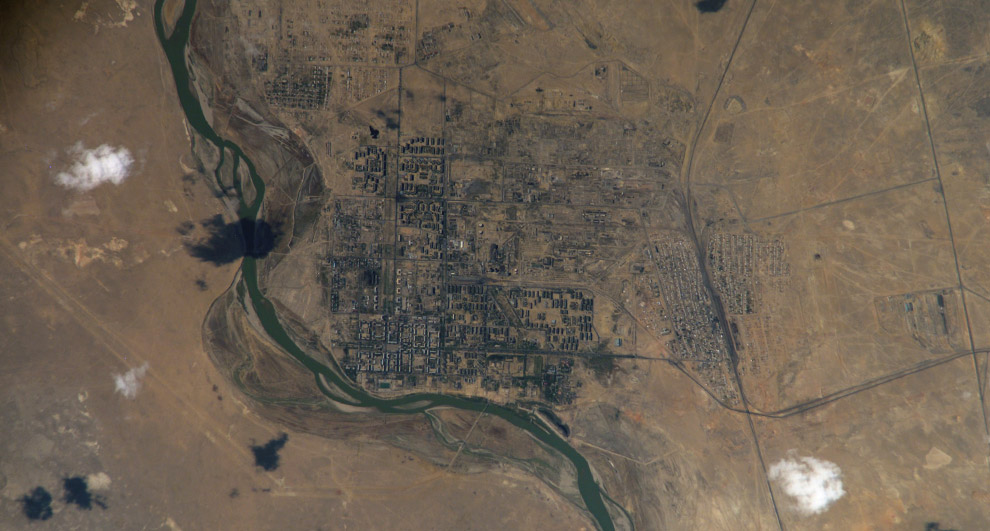 -
-  •
• 

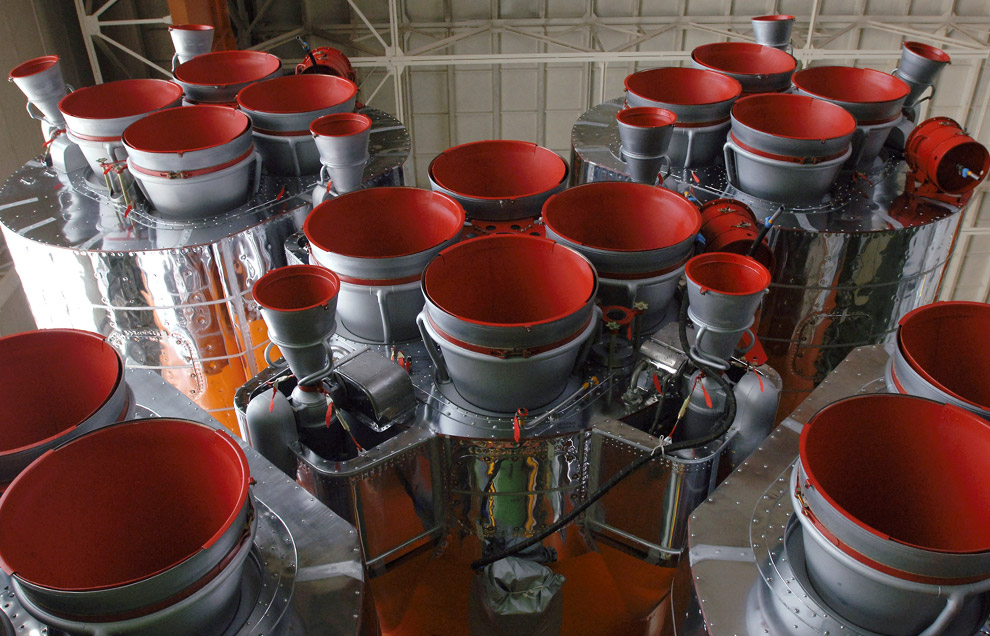
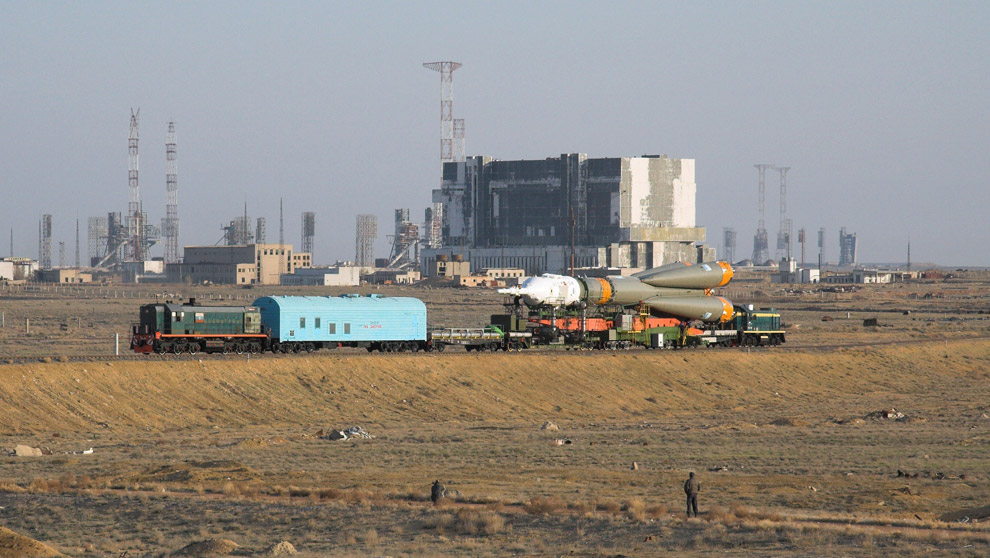
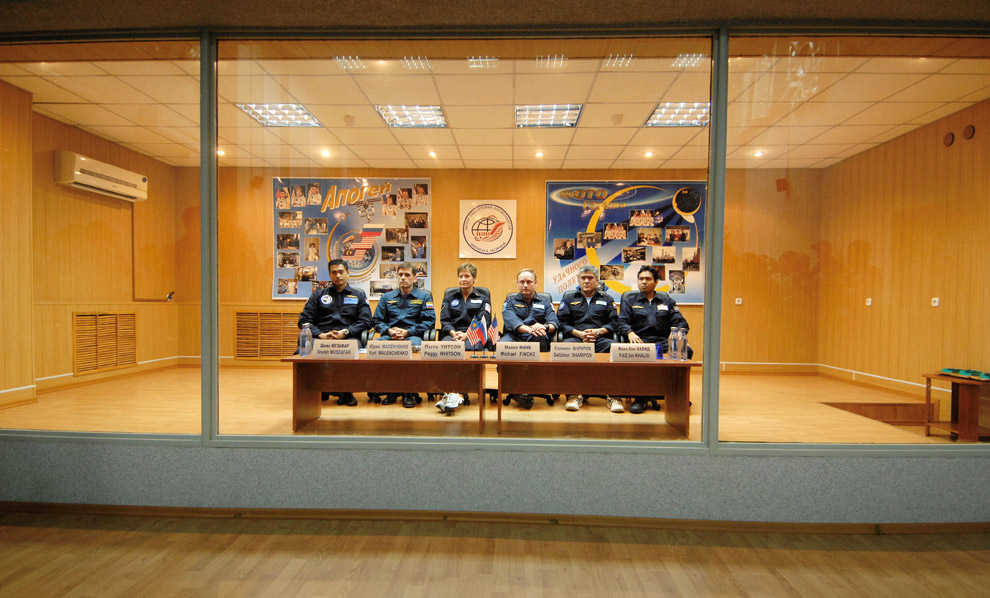
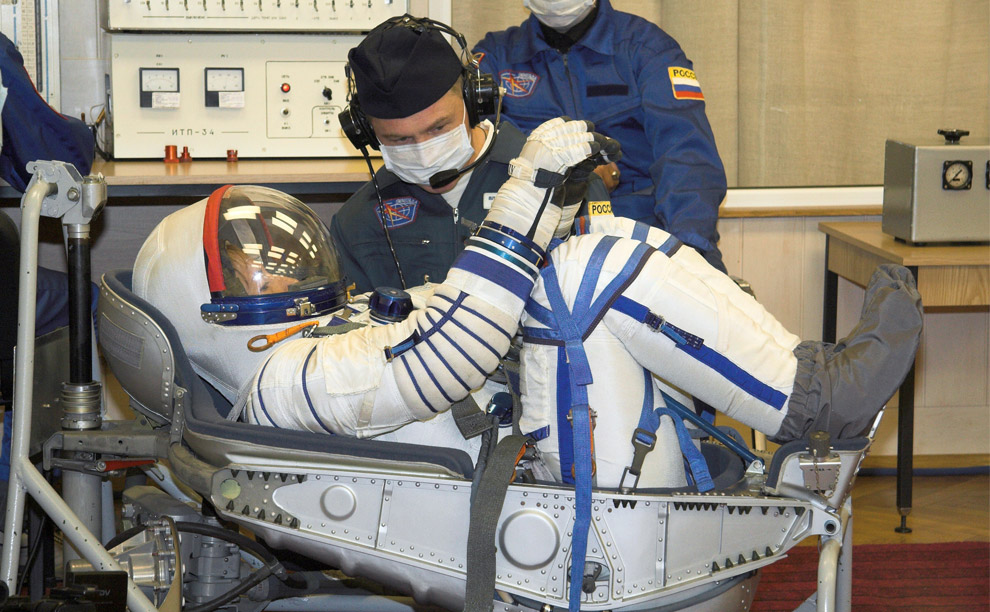
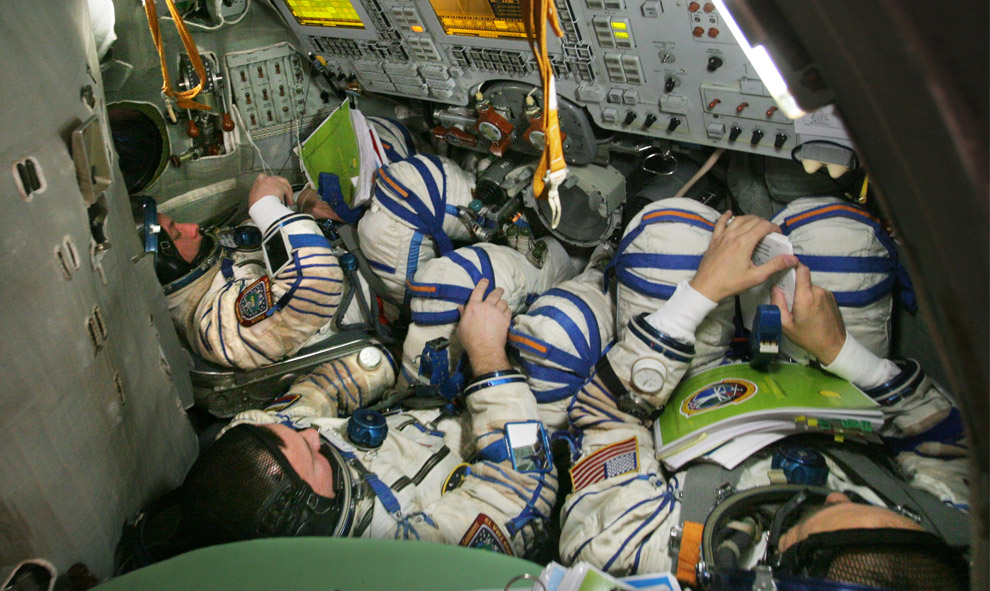
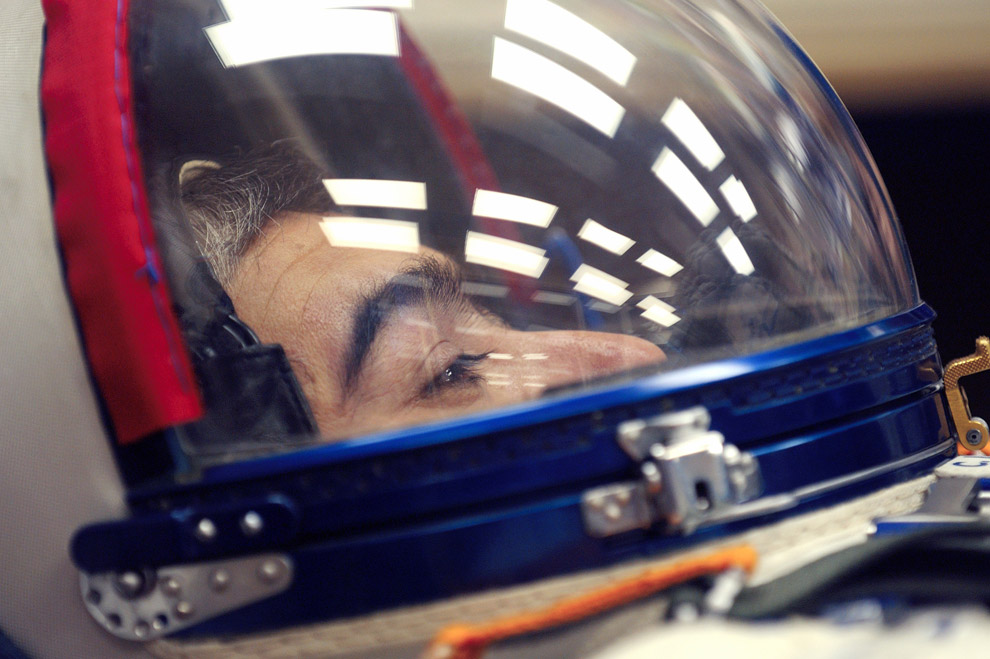

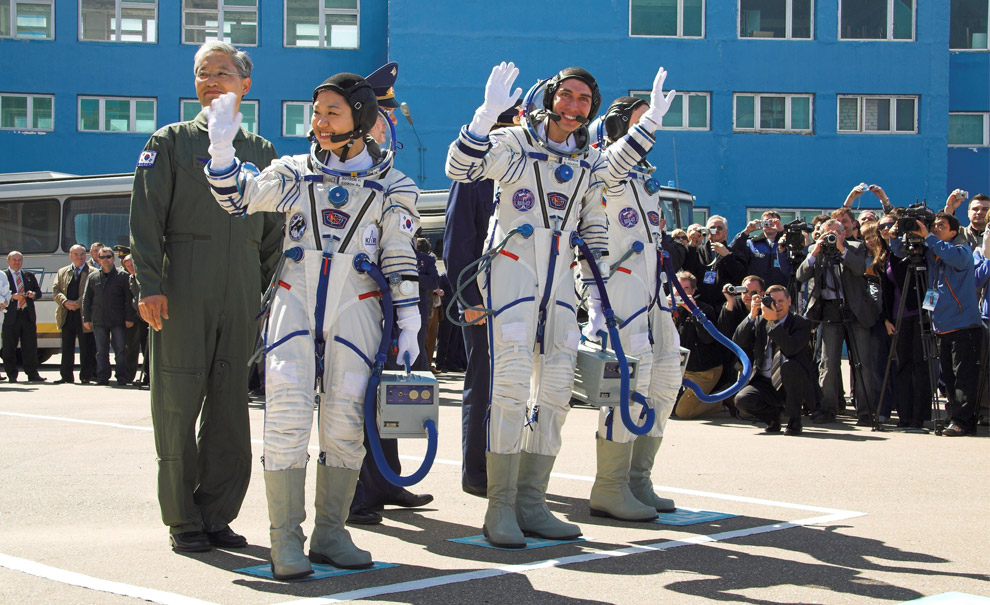

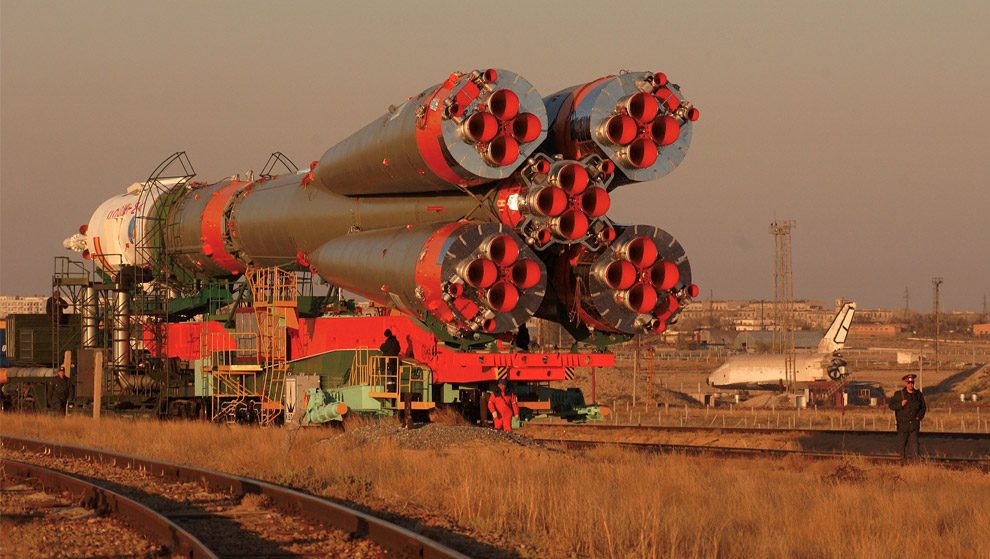
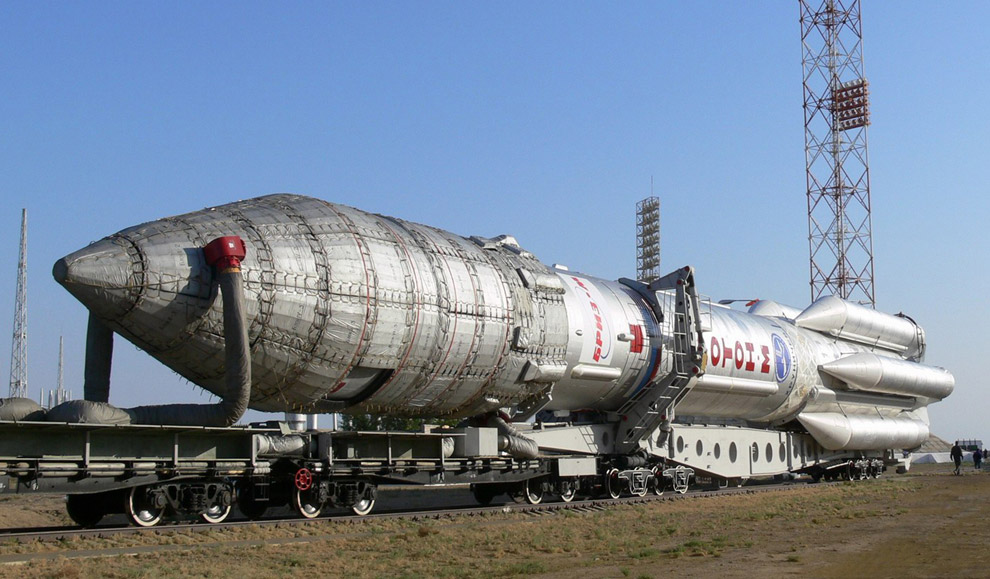
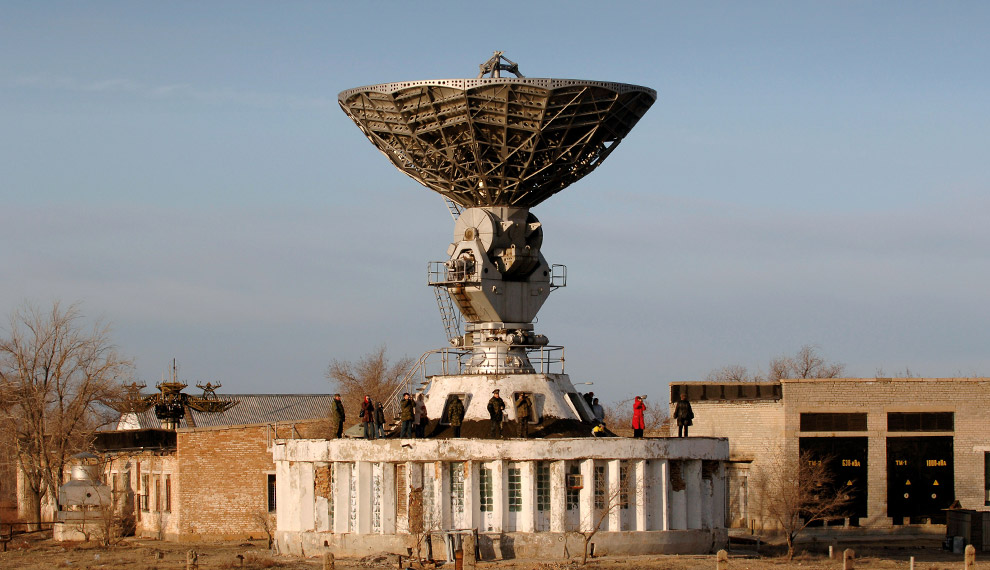
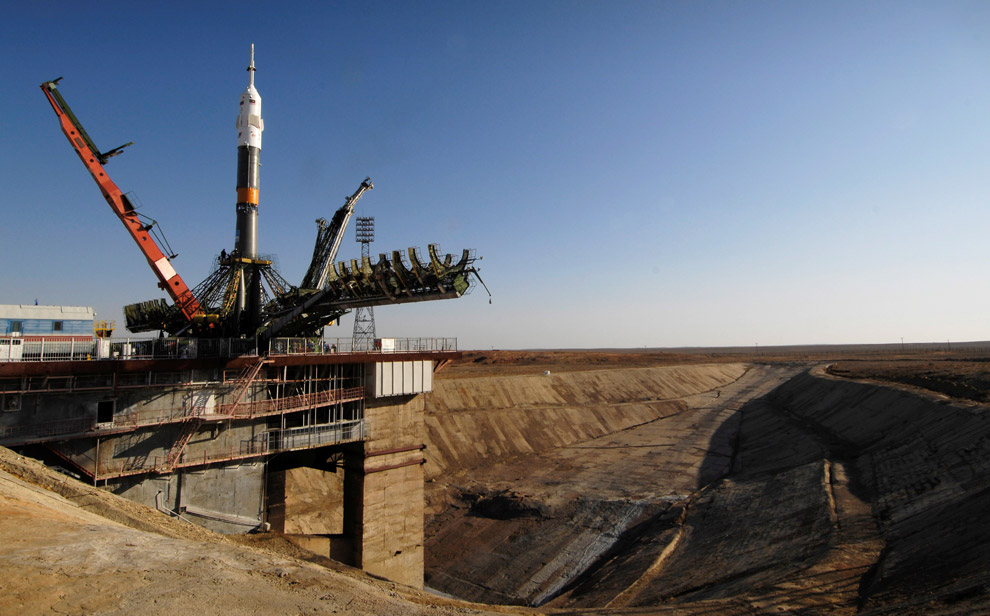
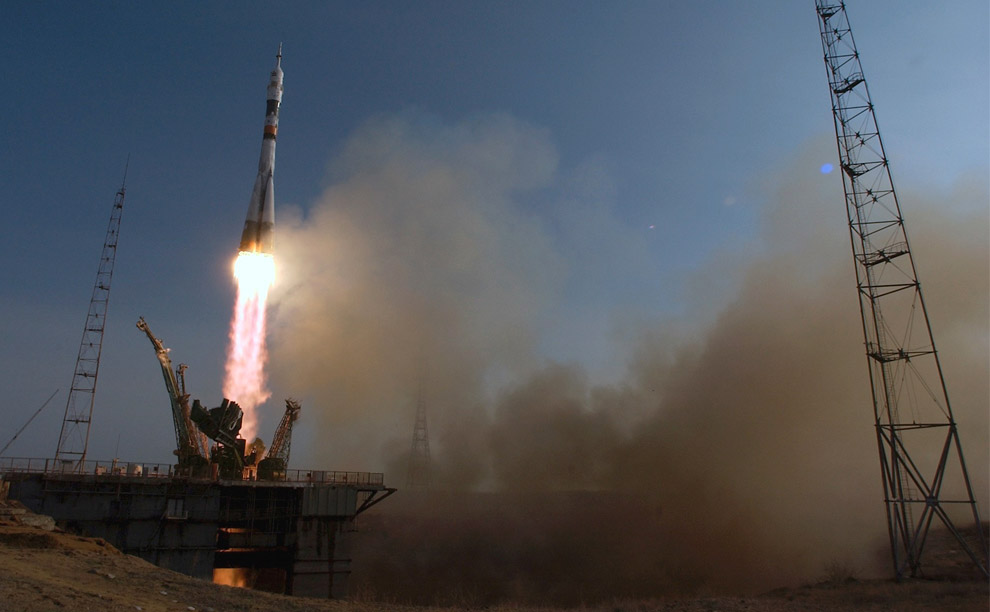
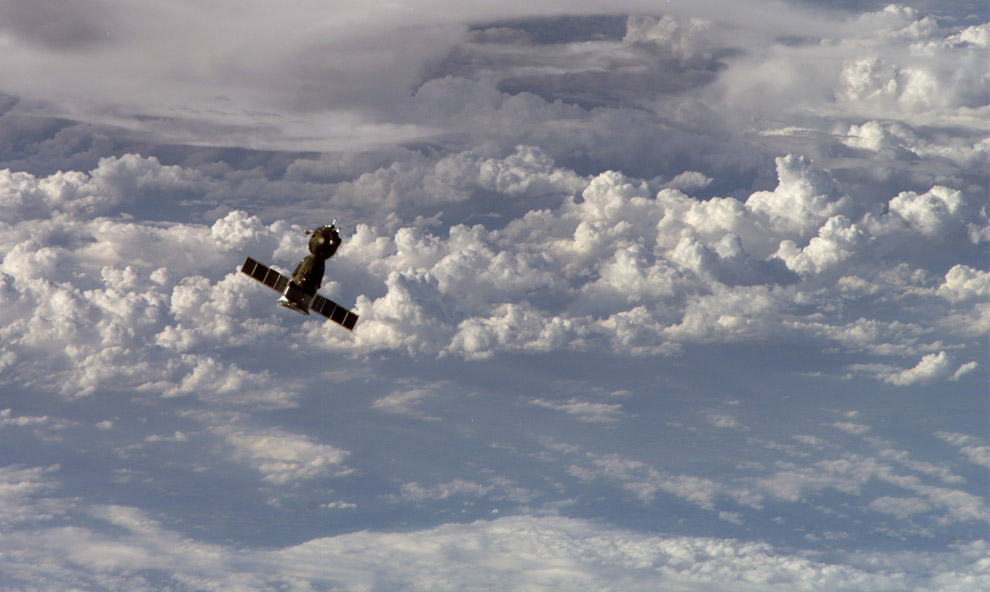
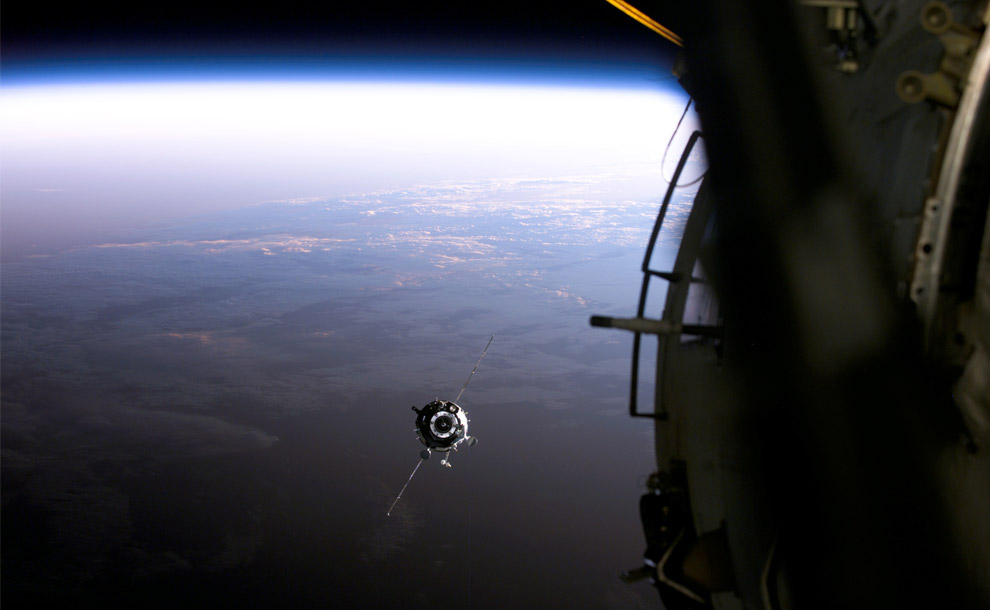
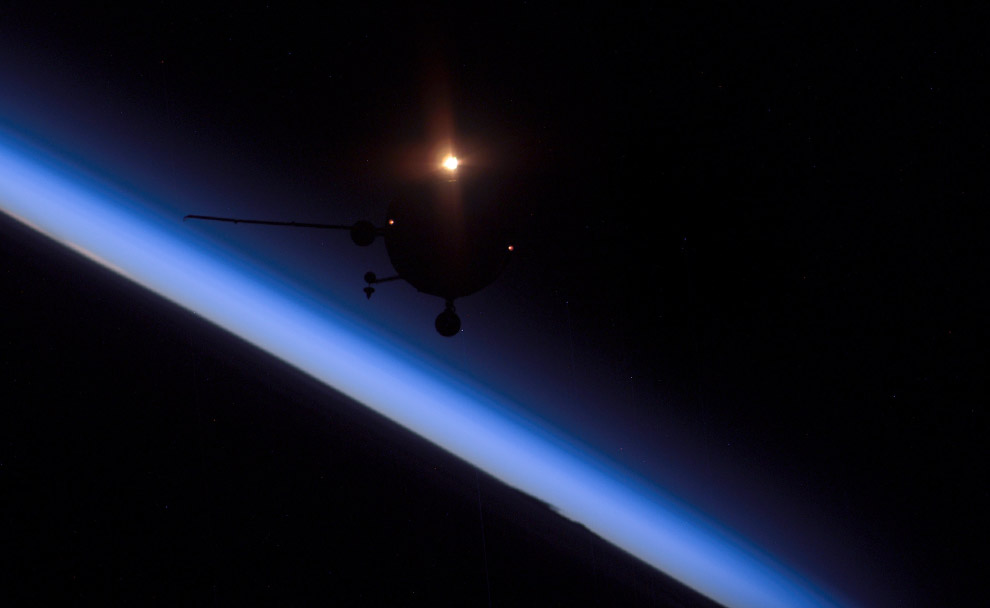
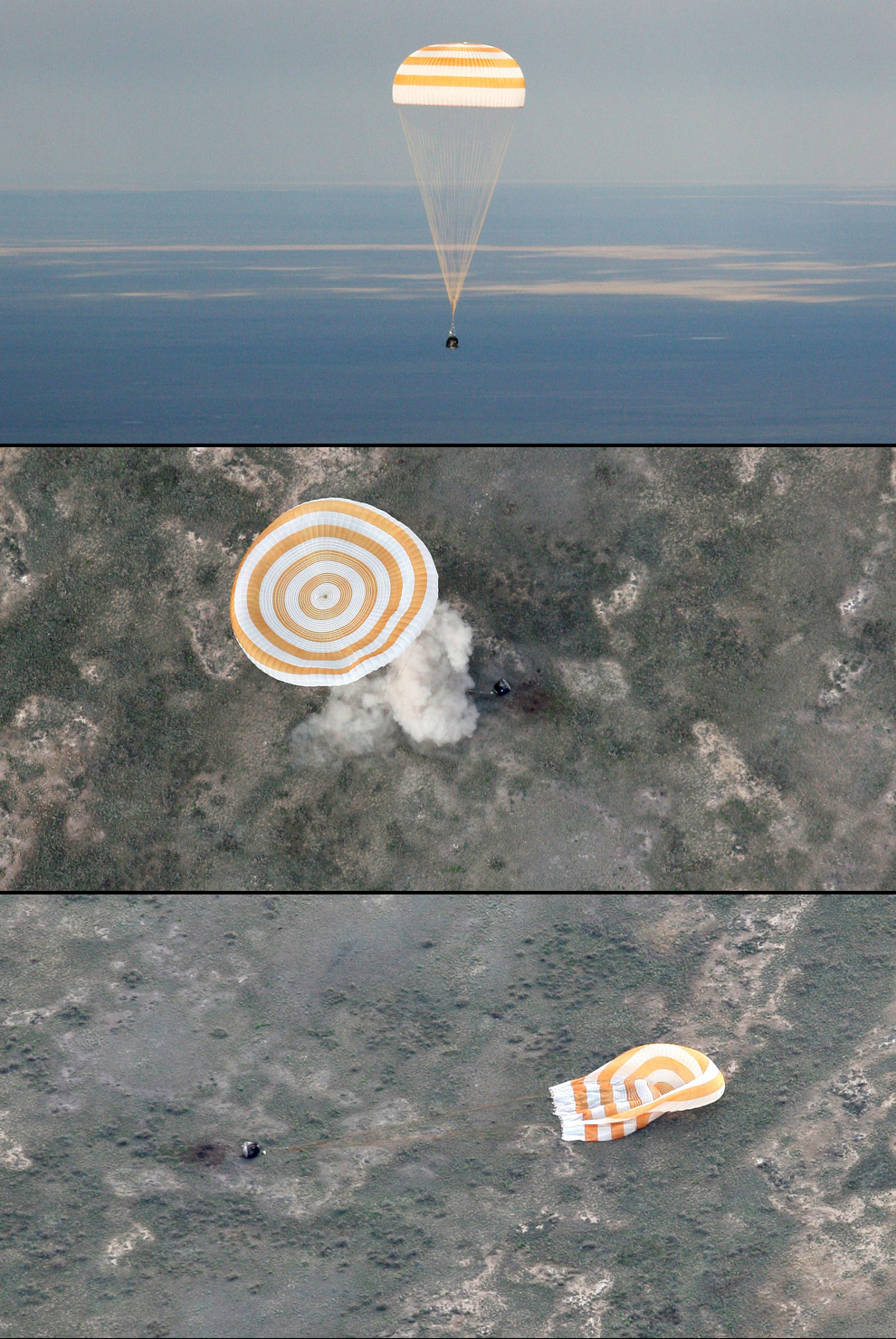
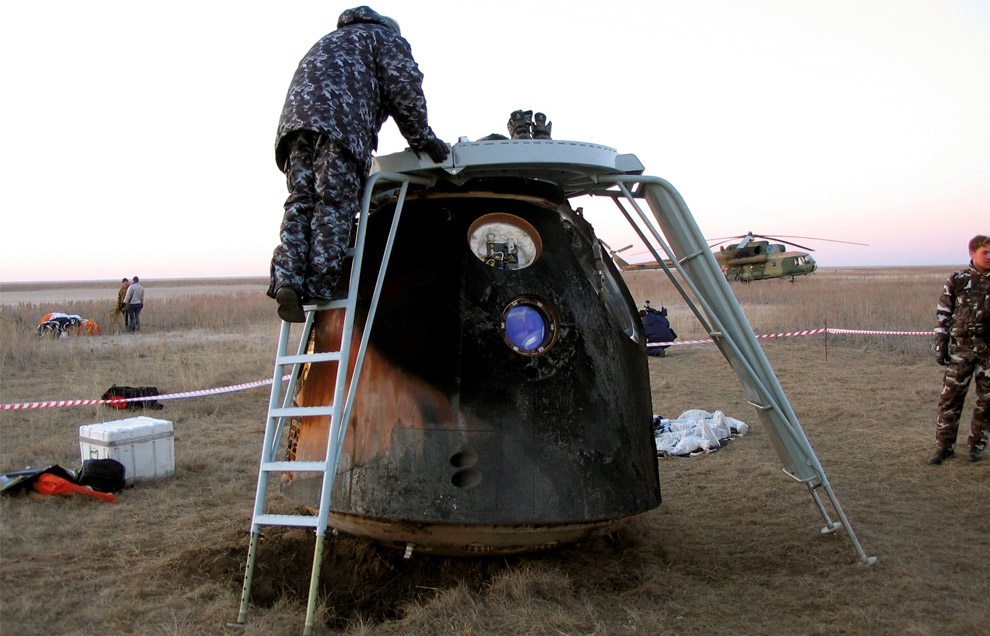
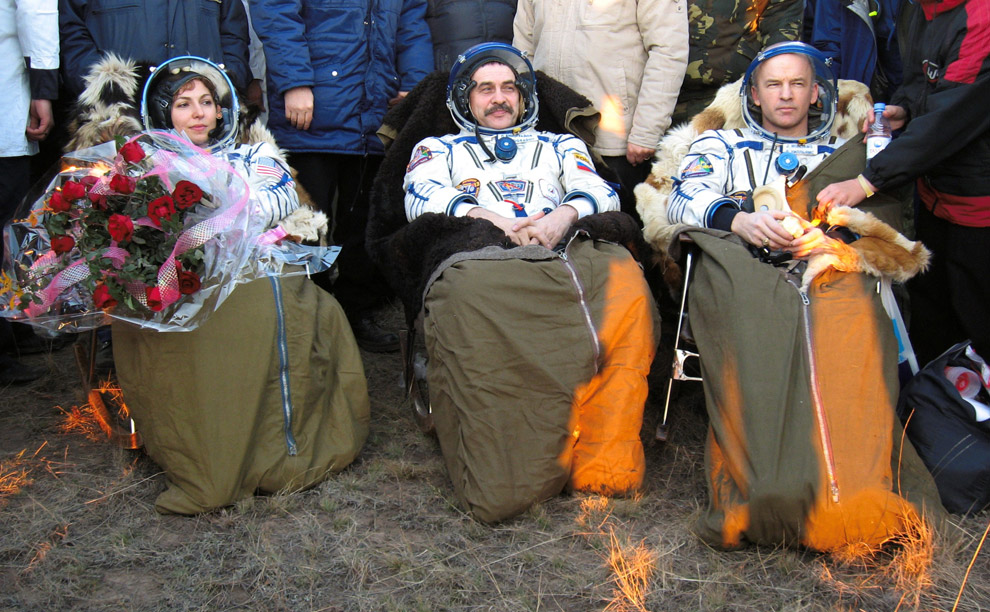
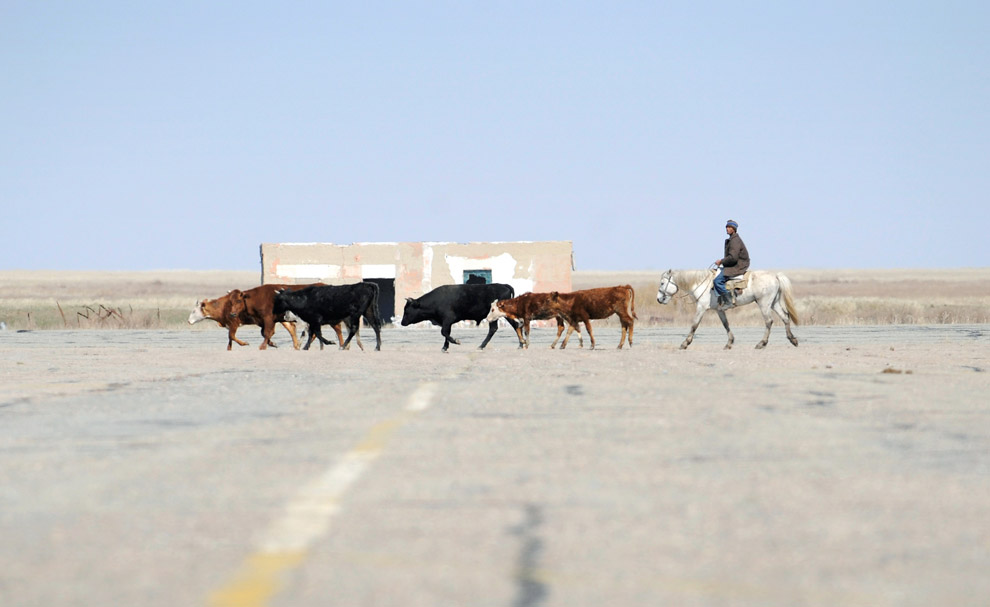
 Russian stamp with
Russian stamp with